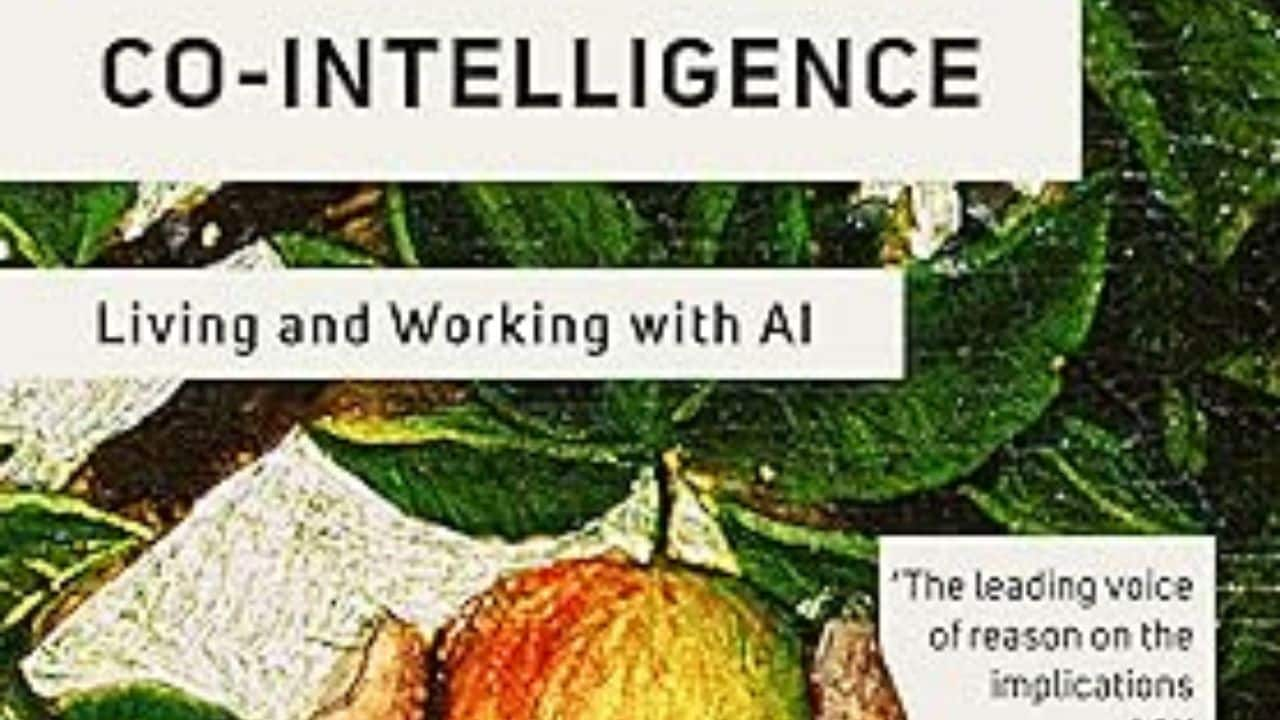AI TO MY AID, OR NOT?
The name Ethan Mollick rang a very powerful bell in my head, even though I couldn’t place why.
I put his name out on Google, only to remember how much I had enjoyed his previous book ‘Communities of Innovation’ in which he and co-author David Emery talked about the video gaming industry. Specifically, the release of the World War II game Battlefield 1942, which was followed by fans investing $16.5 million of labor into it for free, making it better and popular! The authors extended this to how not just gaming companies but any business, could channel user passion into mutually beneficial work.
In this book, ‘Co intelligence: Living and working with AI,’ Mollick focuses on how practical aspects of AI can transform our world.The first sentence of the book is something we are likely to remember for a very long time! ‘I believe the cost of getting to know AI, really getting to know AI is at least three sleepless nights,’ says Mollick, in the same vein as Charles Dickens said, “It was the best of times, it was the worst of times,” in A Tale of Two Cities.
Here are our five BookStrapping insights-
1. Mollick admits that he once found himself arguing with a chatbot that accused him of being unethical, when he asked for help to write computer code. Humour is not the missing element in this book for sure!
2. Referring to AI as a General Purpose Technology (GPT), the author says that most general purpose technologies impact every aspect of our lives for example- steam power which created the industrial revolution improved productivity by 18 to 22%. However, it also changed other aspects of our life such as travel ; I had never thought of steam engine and AI in one category.
3. AI could very well be a ‘cheating tool.’ However, Mollick argues that funnily enough, AI makes baseline knowledge and education matter more than ever before! This is an interesting contrast presented in the book. The very technology, that can make you bypass everything, requires intelligence to be ‘used right’ in the first place. Just like the erstwhile calculator made most teachers and parents cry out loud about the future of mathematics, and yet became commonplace, AI too might find its slot. But the question remains, what is right usage of AI?
4. Another question is, what brings out the best in AI? Mollick says that AI works best when treated like a human being. He shares a telling example of how his own reticence to write a book, was trashed by AI rather sternly. He also shares many interesting conversations with AI, one of which ended in AI calling humans ‘cyborgs’ – creatures that use machines to enhance their abilities and extend their senses. Wow!
5. Mollick discusses the application of AI to art, even though art is supposed to be ‘original and creative.’ He puts forth the argument that ‘new ideas do not come from the ether’. They are based on existing concepts.’ Breakthroughs happen when people connect distant, seemingly unrelated ideas. So why can’t AI create art?
Artificial intelligence was a term invented in 1956 by John Mcarthy of MIT. One can only conjecture to what extent he envisaged its power. The author presents four scenarios in the chapter AI as our future- all of which seem mighty probable. The theory that expertise is needed to use AI but may not eventually prevail over AI also seems plausible. Because AI itself will create the next generation of AI.
Regardless, we seem to have created a Frankenstein that a few bad actors could misuse in dangerous ways.
Reeta Ramamurthy Gupta is a columnist and bestselling biographer. She is credited with the internationally acclaimed Red Dot Experiment, a decadal six-nation study on how ‘culture impacts communication.’ On Instagram @OfficialReetaGupta.
